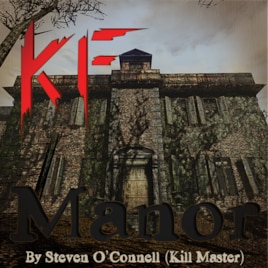Install Steam
login
|
language
简体中文 (Simplified Chinese)
繁體中文 (Traditional Chinese)
日本語 (Japanese)
한국어 (Korean)
ไทย (Thai)
Български (Bulgarian)
Čeština (Czech)
Dansk (Danish)
Deutsch (German)
Español - España (Spanish - Spain)
Español - Latinoamérica (Spanish - Latin America)
Ελληνικά (Greek)
Français (French)
Italiano (Italian)
Bahasa Indonesia (Indonesian)
Magyar (Hungarian)
Nederlands (Dutch)
Norsk (Norwegian)
Polski (Polish)
Português (Portuguese - Portugal)
Português - Brasil (Portuguese - Brazil)
Română (Romanian)
Русский (Russian)
Suomi (Finnish)
Svenska (Swedish)
Türkçe (Turkish)
Tiếng Việt (Vietnamese)
Українська (Ukrainian)
Report a translation problem










the people that have a mind to complain about the filesize will probably not be smart or patient enough to process all this, and the people that either understand why already or don't care won't bother reading it.
"My little wall-o-text was primarily directed at the individuals who may not understand why the maps are getting as big as they are (or people who are just curious). It was designed to give a very basic understanding of what’s all going on under the hood in an effort to quell some of the misconceptions surrounding the final map sizes."
I have it written in a way that even if the reader doesn't fully understand all the terminology being used they should still be able to grasp the general idea, and if they still have a problem with it then it's no chip off my shoulder.
at least you wrote it well
Did you take kf1 256x256 textures and upscaled them to 1024x1024, then added antialiasing and sharpening in photoshop?
The textures in KF1 range from 64x64 to 2048x2048, and the newer the map, the higher the average texture size becomes. Only certain textures that can benefit from a resolution increase get up scaled. I do this by using a Photoshop action in a batch process that runs the images through a whole slew of filters, this allows me to process hundreds of images in a few minutes.
Once I’ve finished up scaling the selected textures I then proceed to generate Normal & Specular maps for *ALL* the textures used in the level this is done through Quixel[quixel.se] (another plugin for Photoshop)
On occasion I will create a completely brand new texture from scratch if the situation warrants it. I use Allegorithmic’s Substance Designer[www.allegorithmic.com] to do that.
And that’s basically my process for pulling and re-mastering textures.